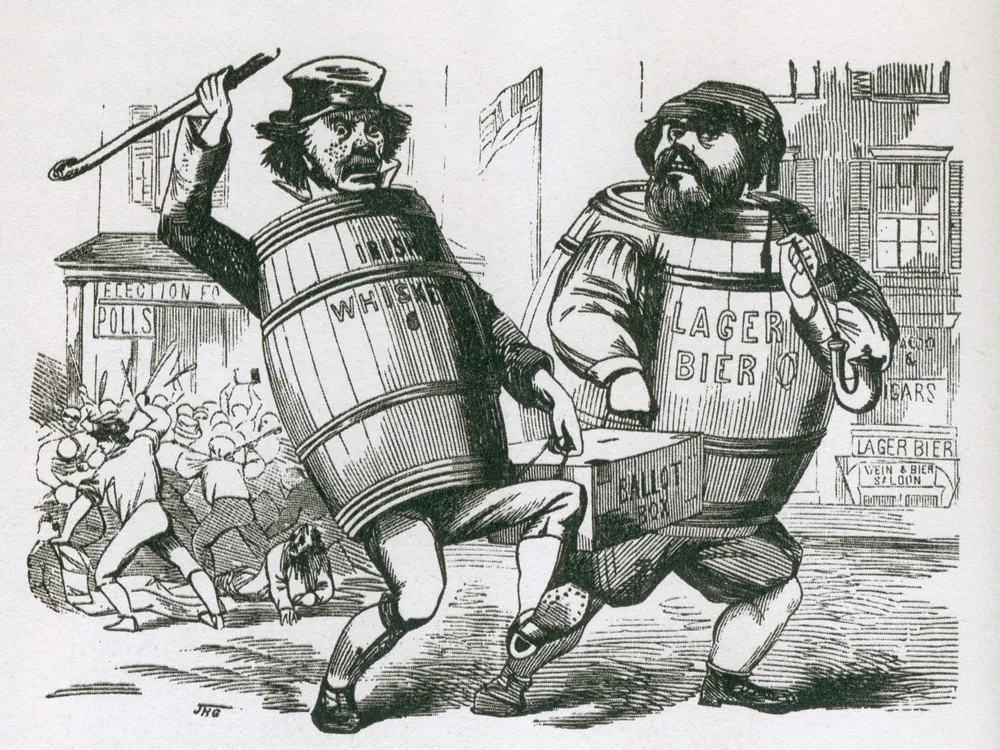
To those who are concerned about the impact of waves of immigrants upon this country, we’ve been there before.
In 1845, the Irish potato crop was attacked by a plant disease. Spreading rapidly, this mold-based scourge ruined as much as one-half of the crop that year; about three-quarters of the crop over the next seven years were similarly affected. Since potatoes were the main food source, that time became known in Ireland as The Great Hunger and let to a major emigration wave to the United States, particularly to Boston, the closest port and as far as many could afford to travel. (https://www.history.com/topics/immigration/irish-potato-famine)
As a result of this huge and sudden influx, a backlash developed — a fear that these Irish Catholics would have a profound effect on this country’s religious liberty. What if a united voting block emerged whose first loyalty was to its church?
So in mid-1850s, a new political force appeared. It began as a secret society, the Order of the Star Spangled Banner, complete with initiation rites and a pledge of non-betrayal to the point where members, if asked about the society by outsiders, were required to answer “I know nothing.”
This secret organization soon morphed into a full-blown political force — the Native American Party, which became known as simply the American Party after 1855, but is more commonly remembered as The Know Nothing Party for obvious reasons. The Know Nothings’ greatest fear was that there was a “Romanist” conspiracy to subvert our civil and religious liberty. Therefore, their target audience was native-born Protestants with an appeal to defend traditional religious and political values. (https://en.wikipedia.org/wiki/Know_Nothing)
According to the Smithsonian magazine website (https://www.smithsonianmag.com/history/immigrants-conspiracies-and-secret-society-launched-american-nativism-180961915/), The Know Nothings were the first major third party. At its height, the movement included more than 100 elected congressmen, eight governors, a controlling share of half-a-dozen state legislatures, and thousands of local politicians. Specific political goals included the deportation of foreign “beggars” and criminals, a 21-year naturalization period for immigrants, mandatory Bible reading in schools, and the elimination of all Catholics from public office. The eventual goal was to “restore” their vision of what the country should look like with temperance, Protestantism, self-reliance, and American nationality as our highest values.
During this time, the two major parties were the Democrats and Whigs. But the Whigs were splintering over the question of slavery. The Know Nothings rapidly became a Whig alternative by ignoring slavery and focusing on the immigrant question.
For a time, it seemed this movement would replace the Whigs as a bona fide major party. But then the issue of slavery forced its way into the political debate as the dominant issue, and the Know Nothings collapsed when they couldn’t agree on a cogent position. With the coming of the Civil War, nativist concerns were pushed to the political back burner.
But these concerns never fully left as the current political debate proves. So the values and positions of the Know Nothings are still with us today.
